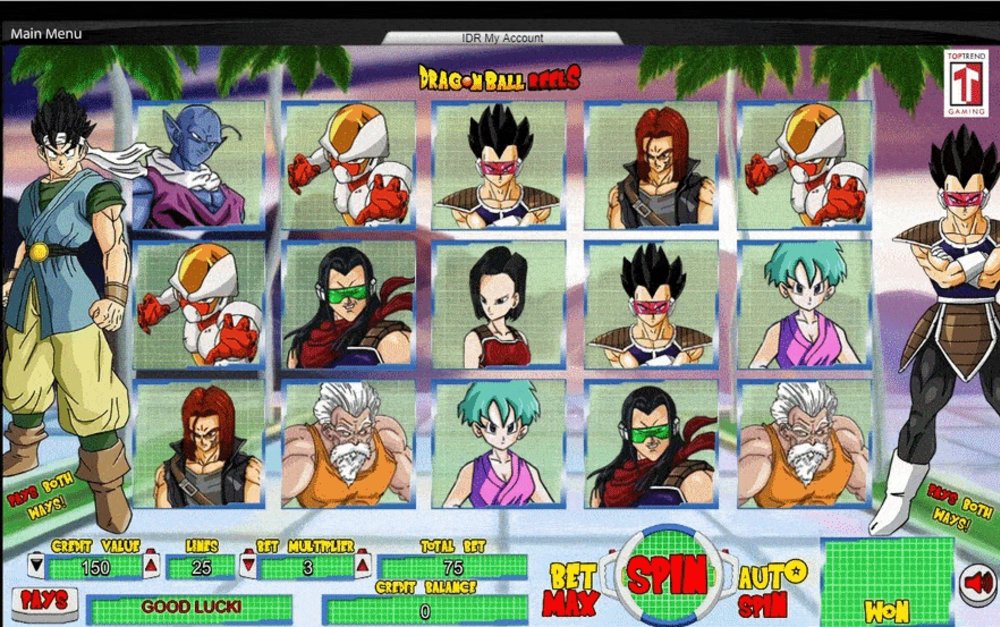Mastering Poker Hand Reading Techniques Beginners Can Rely On
In the thrilling world of poker, success hinges not only on the cards you hold but also on your ability to decipher what your opponents might be hiding. For beginners stepping into this intricate dance of wits and psychology, mastering poker hand reading techniques is paramount. These skills transform a game of chance into a battle of strategy, intuition, and observation. But how does one develop this almost sixth sense? This comprehensive guide will walk you through the essential poker hand reading techniques beginners can use to elevate their game and outsmart the competition.
Understanding the Essence of Poker Hand Reading
Before diving into specific techniques, it’s crucial to grasp what poker hand reading truly entails. At its core, hand reading is the process of deducing the range of possible hands your opponent could have based on their actions, betting patterns, and the community cards on the table. It’s not about pinpointing the exact cards but narrowing down possibilities to make informed decisions.
Imagine you’re a detective piecing together clues. Each bet, raise, or fold is a hint that helps you construct a narrative of your opponent’s likely holdings. This narrative, combined with your knowledge of poker odds and psychology, guides your next move, whether to call, raise, or fold.
Why Beginners Must Prioritize Hand Reading
It’s tempting for newcomers to focus solely on the cards they’re dealt, hoping for lucky flops and river miracles. However, relying on luck alone is a fast track to frustration. Developing hand reading skills early on arms beginners with a strategic edge that transcends mere chance. It enables you to:
- Make smarter calls: Avoid costly mistakes by folding when the odds aren’t in your favor.
- Maximize value: Extract more chips from opponents when you have the upper hand.
- Control the pot size: Manage risk effectively by understanding when to build or shrink the pot.
- Gain psychological leverage: Intimidate or confuse opponents by demonstrating a deep understanding of the game.
With these benefits in mind, let’s explore practical poker hand reading techniques beginners can start applying today.
1. Start with Opponent Profiling: Know Who You’re Up Against
The foundation of effective hand reading lies in understanding your opponents’ tendencies. Are they tight or loose players? Aggressive or passive? Observing these traits early in the session sets the stage for accurate assumptions.
Tight players tend to play fewer hands and usually only enter pots with strong cards. When they do bet or raise, it often signals strength. Conversely, loose players are more willing to gamble with a wide range of hands, making their bets less telling.
Aggressive players bet and raise frequently, sometimes as bluffs or semi-bluffs, while passive players prefer calling and checking, rarely taking the initiative. Recognizing these patterns allows you to assign a preliminary range of hands to your opponents, refining your guesses as the hand progresses.
Tip for Beginners:
Keep mental notes or use physical chips to mark player types during live games. Online players can often be profiled by reviewing their stats if available.
2. Use Positional Awareness to Narrow Down Hand Ranges
Position at the poker table is a subtle but powerful clue in hand reading. Players act in sequence, and those who act earlier generally need stronger hands because they have more players left to act behind them. Later position players can afford to play a wider range since they have more information.
For example, a raise from an early position player often indicates a premium hand like pocket aces, kings, or ace-king. Meanwhile, a similar raise from the button or cutoff can include a broader spectrum of hands including suited connectors or weaker aces. By factoring in position, you can better estimate what hands are plausible.
3. Analyze Betting Patterns: The Language of the Table
Every bet carries meaning. Is your opponent betting small or large? Are they consistent with their sizing, or do they suddenly change tactics? These patterns form the backbone of hand reading.
Beginners should pay close attention to:
- Pre-flop action: Who opened the betting? Was there a raise or just a call?
- Continuation bets: Does your opponent often follow up their pre-flop raise with a bet on the flop? This can indicate confidence in their hand.
- Check-raises: A classic sign of strength or a well-timed bluff.
- Bet sizing changes: Sudden increases or decreases in bet size can reveal nervousness or confidence.
By cataloging these behaviors, you begin to decode the story your opponents are telling through their chips.
4. Incorporate Board Texture into Your Analysis
The community cards (the flop, turn, and river) dramatically influence hand ranges. A dry board with disconnected low cards typically favors strong pocket pairs, while a coordinated board with straights or flush draws opens the door for a wider variety of hands.
When reading hands, consider:
- How likely is it that your opponent’s hand connects with the board?
- Are there potential draws that would motivate a bet or raise?
- Does the board texture support a bluff or semi-bluff scenario?
For instance, if the board shows three cards of the same suit, and your opponent suddenly bets aggressively, it’s reasonable to suspect a flush or a strong draw. Conversely, a paired board might suggest trips or full houses, especially if your opponent has been tight.
5. Practice the Art of Range Construction and Elimination
Rather than trying to guess a specific hand, think in terms of ranges, a spectrum of hands your opponent might hold. As the hand unfolds, eliminate impossible or unlikely hands based on their actions.
For example, if an opponent raises pre-flop from early position and then folds to a raise on the flop, you can remove many speculative hands from their range. Over time, this practice sharpens your intuition and makes your reads more precise.
How to Build a Range:
- Start broad based on position and player type.
- Apply filters using betting actions and board texture.
- Continuously update as new information becomes available.
6. Leverage Timing and Physical Tells (When Playing Live)
In live poker, timing and body language can be invaluable. Hesitation before a bet might signal uncertainty or weakness, while quick, confident bets often indicate strength. Facial expressions, posture, and eye contact also provide clues.
While beginners might find reading physical tells intimidating at first, even subtle observations can tip the scales. Remember, though, that experienced players can fake tells, so always corroborate physical clues with betting patterns and other data.
7. Study and Review Hands Regularly
Like any skill, hand reading improves with practice and reflection. Beginners should review hands after sessions, ideally with more experienced players or coaches. Online tools and poker forums provide platforms to discuss and analyze specific hands, helping you understand where your reads were accurate or off the mark.
Regular study builds pattern recognition, deepens strategic insight, and boosts confidence at the table.
Common Pitfalls Beginners Should Avoid
While embracing poker hand reading techniques, beginners must steer clear of some common traps:
- Overconfidence: Thinking you can read every hand perfectly leads to reckless decisions.
- Ignoring pot odds: Even a great read must be balanced with mathematical considerations.
- Tunnel vision: Focusing too much on one player or one hand can cause you to miss the bigger picture.
- Neglecting your own image: Remember, opponents are also reading you. Be mindful of your own betting patterns.
Conclusion: Embrace the Journey of Mastering Poker Hand Reading Techniques Beginners Need
Poker hand reading is less about crystal-ball guessing and more about disciplined observation, logical deduction, and adaptive thinking. For beginners, it might seem daunting at first, but by systematically applying these techniques, profiling opponents, considering position, analyzing betting patterns, interpreting board texture, nagawin.com constructing ranges, and honing live tells, you build a formidable toolkit.
Each session at the table becomes a classroom, every hand a lesson. The beauty of poker lies in its blend of art and science, and mastering hand reading is your gateway to playing smarter, not just harder. So, take a deep breath, trust the process, and watch as your poker intuition sharpens, turning the tides of fortune in your favor.…



